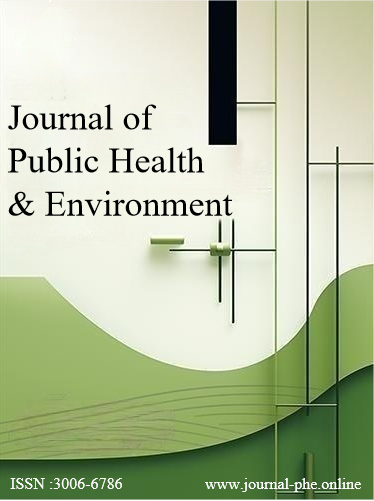 An open access journal
An open access journal
Ecosystem-based Agriculture: Harnessing Natural Processes for Crop Protection
Abstract
Ecosystem-based agriculture represents a paradigm shift in agricultural management, emphasizing the integration of ecological principles and natural processes to enhance crop production and resilience. This paper explores the principles and practices of ecosystem-based agriculture, focusing on strategies for biodiversity conservation, soil health improvement, and pest and disease management. It discusses the role of diverse agroecosystems, including polycultures, cover crops, and hedgerows, in providing habitat for beneficial organisms and promoting biological control of pests and diseases. The paper also examines the importance of soil microbiota, mycorrhizal fungi, and other soil organisms in nutrient cycling, soil structure enhancement, and plant health promotion. It highlights the potential of ecological approaches such as agroforestry, integrated pest management, and crop rotation to reduce reliance on synthetic inputs and mitigate environmental impacts. By harnessing the resilience and productivity of natural ecosystems, ecosystem-based agriculture offers a sustainable path towards food security, environmental stewardship, and farm profitability.
Share and Cite
Article Metrics
References
- Gurr, G. M., Wratten, S. D., & Altieri, M. A. (Eds.). (2004). Ecological engineering for pest management: Advances in habitat manipulation for arthropods. CABI.
- Perfecto, I., Vandermeer, J., & Wright, A. (2009). Nature's matrix: Linking agriculture, conservation, and food sovereignty. Routledge.
- Altieri, M. A., & Nicholls, C. I. (2005). Biodiversity and pest management in agroecosystems. CRC Press.
- Kremen, C., & Miles, A. (2012). Ecosystem services in biologically diversified versus conventional farming systems: benefits, externalities, and trade-offs. Ecology and Society, 17(4), 40.
- Reganold, J. P., & Wachter, J. M. (2016). Organic agriculture in the twenty-first century. Nature Plants, 2(2), 15221.





